Using LS with OBS Studio
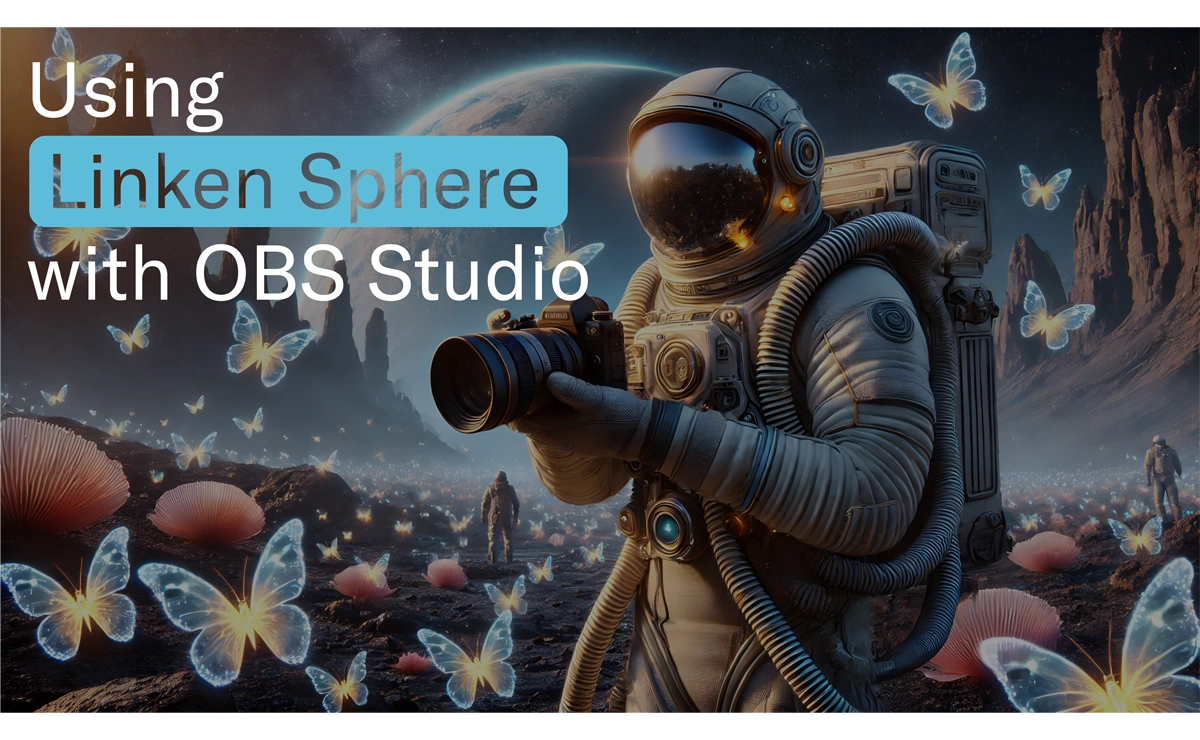
This is a comprehensive guide that will help you implement video stream substitution in Linken Sphere without the risk of detection by anti-fraud systems.
Disabling the Physical Camera in Windows
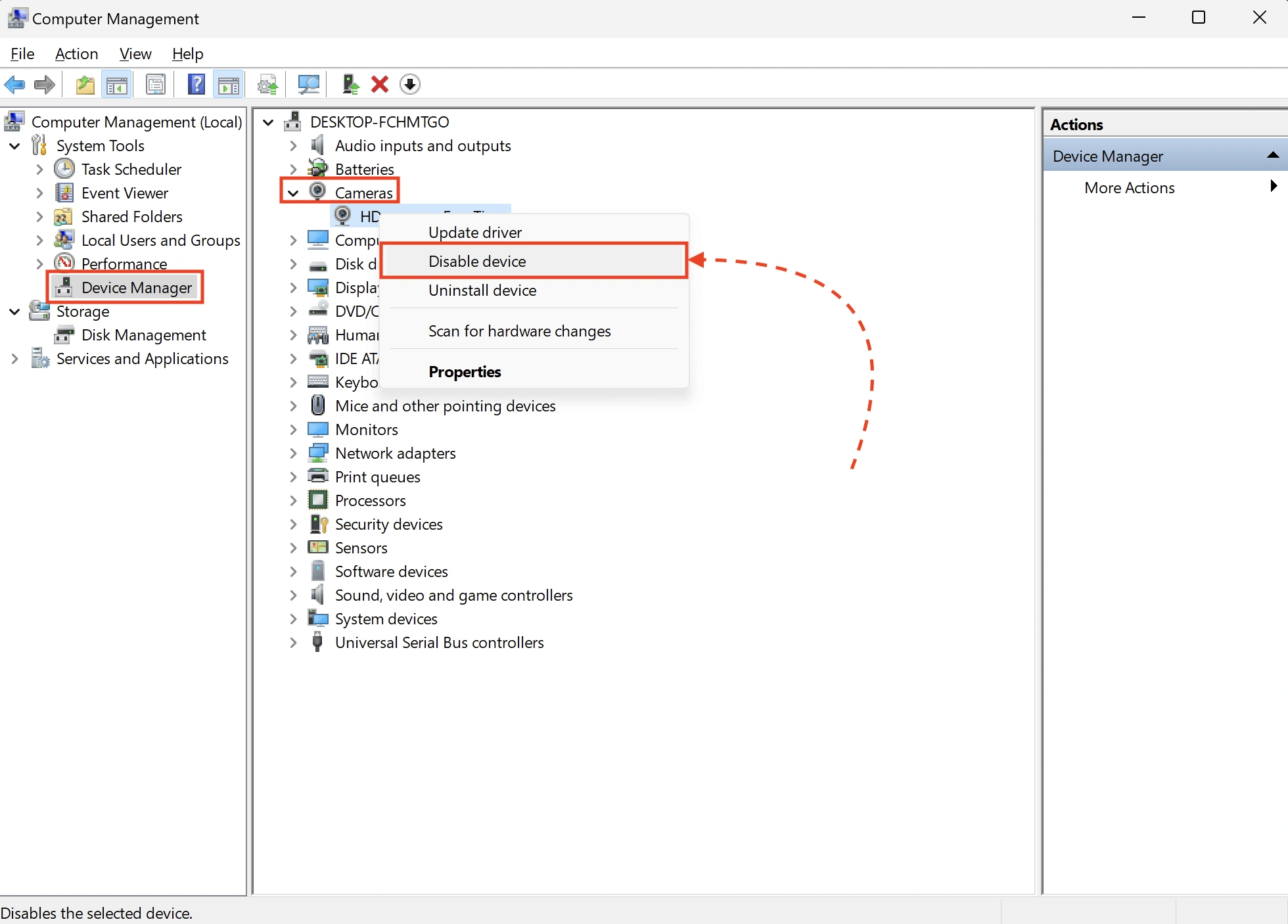
Chrome does not prioritize cameras explicitly, so the only way to force LS to use the OBS virtual camera is to disable the physical camera through the device manager.
Follow these steps:
1. Press WIN+R → Type compmgmt.msc
2. In the opened window, navigate to Device Manager
3. Expand the list of available cameras
4. Right-click on your camera > Select Disable device
Configuring Camera Access in Windows
To ensure proper operation of cameras in LS, including virtual ones, permissions must be granted in Windows settings. Below is a step-by-step guide.
Windows 11
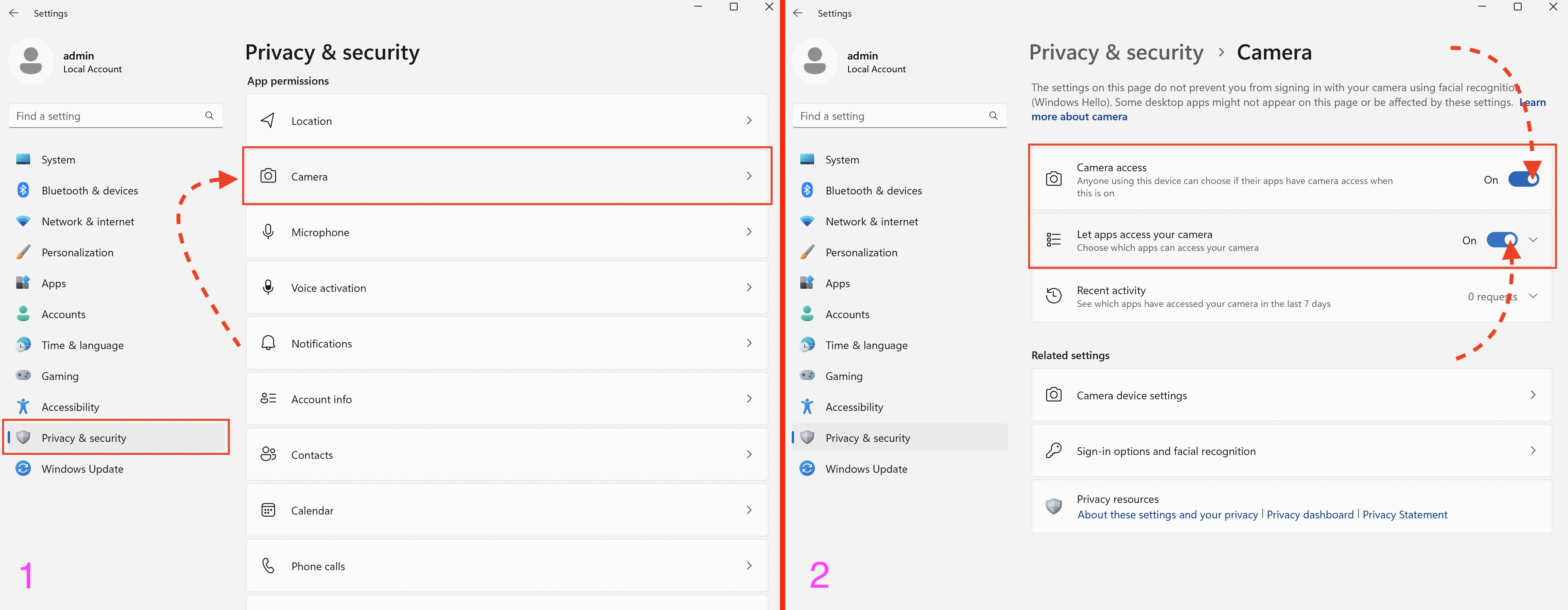
For Windows 11:
1. Navigate to Privacy & security > Camera
2. Enable Camera access and Let apps access your camera
Windows 10

For Windows 10:
1. Navigate to Privacy > Camera
2. Enable Allow access to the camera on this device and Allow apps to access your camera
Installing OBS Studio and obs-virtual-cam Plugin
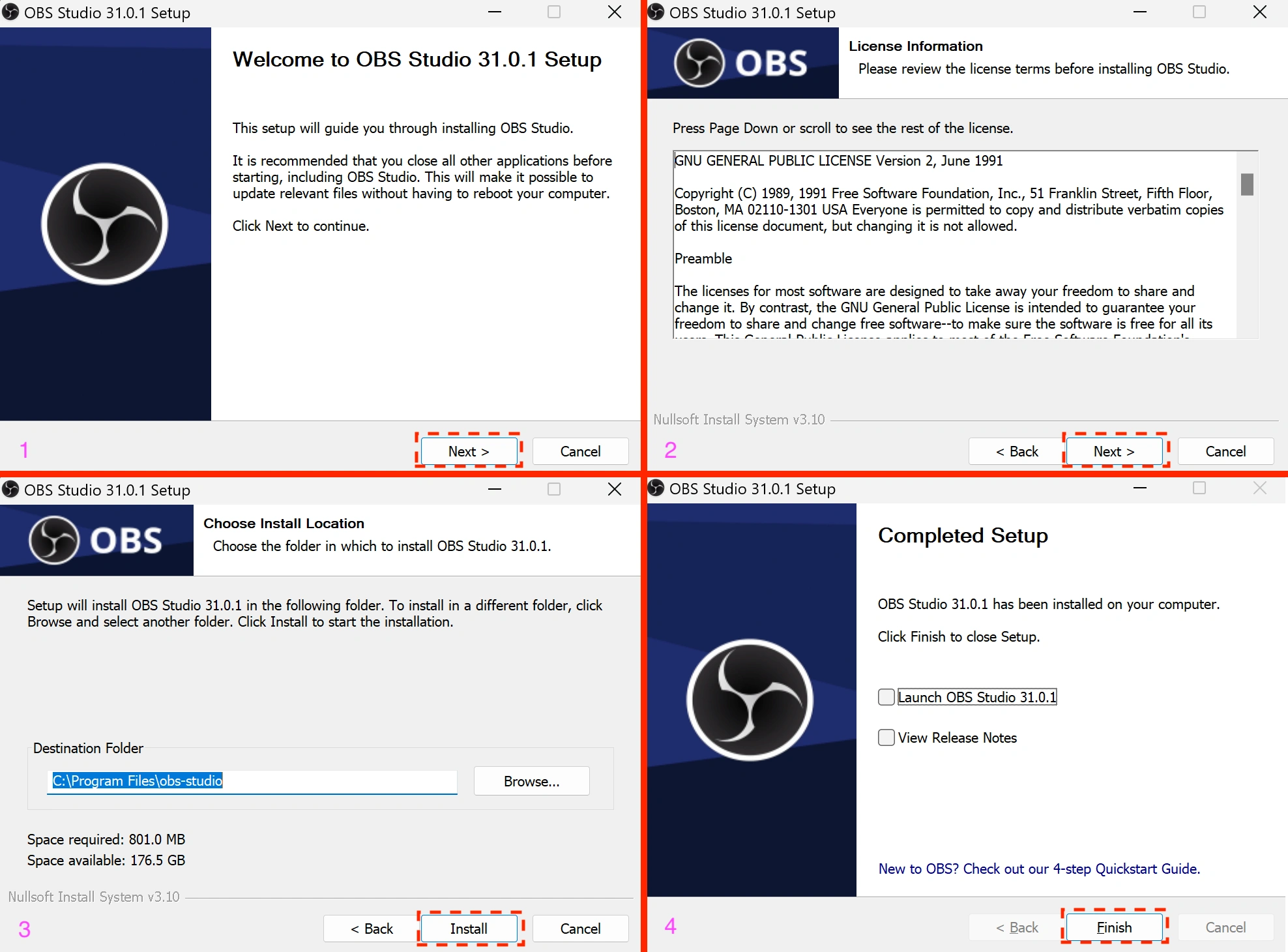
1. Download the OBS Studio installer from - https://obsproject.com/download
2. Install the program as shown in the screenshots above (leave all values as default)
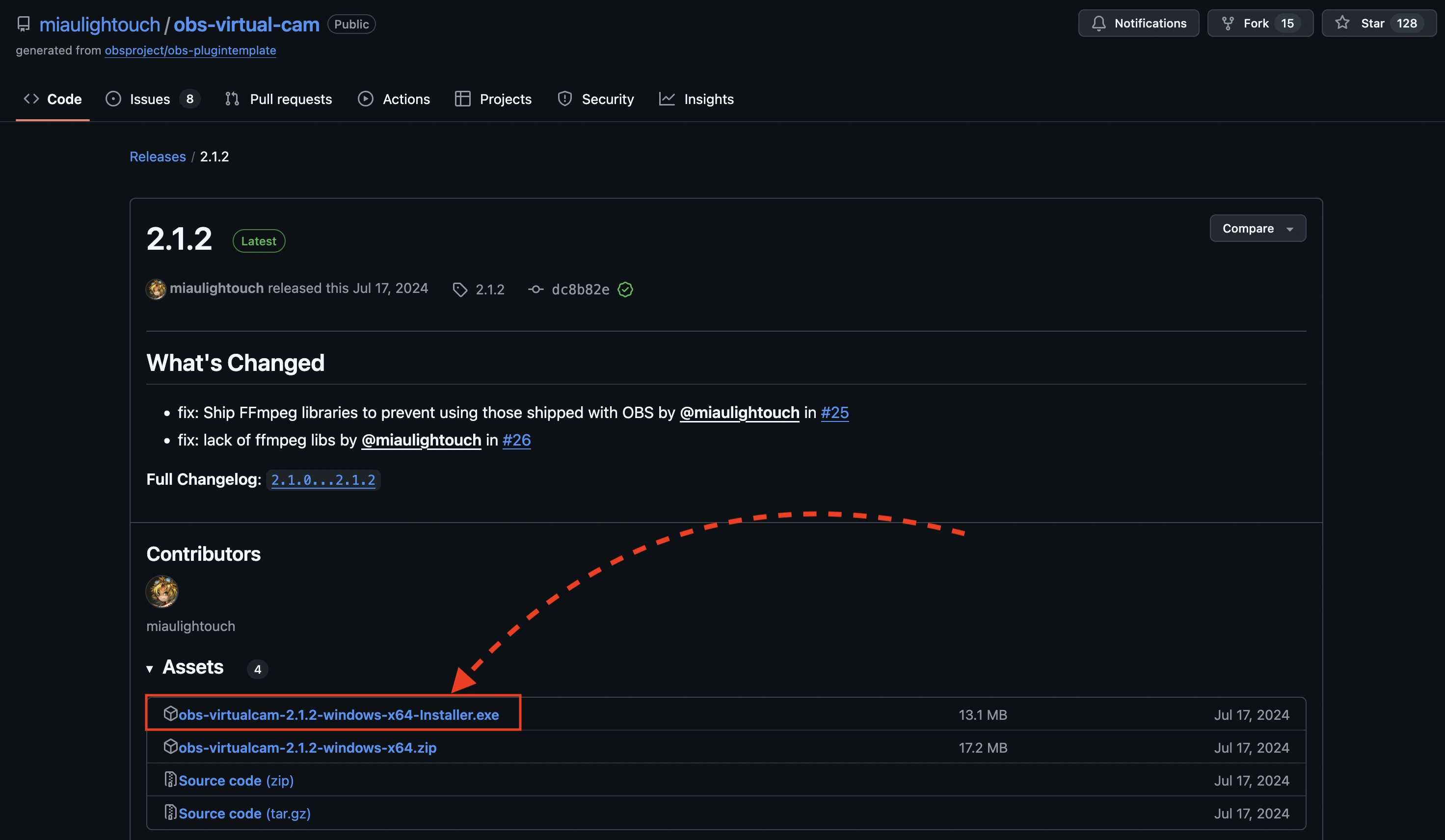
3. Download the obs-virtual-cam plugin from - https://github.com/miaulightouch/obs-virtual-cam/releases/latest
This plugin increases the number of virtual cameras to four and allows them to be used simultaneously, which is especially useful for working with mobile configurations.
When downloading, choose the file with "installer" in its name.
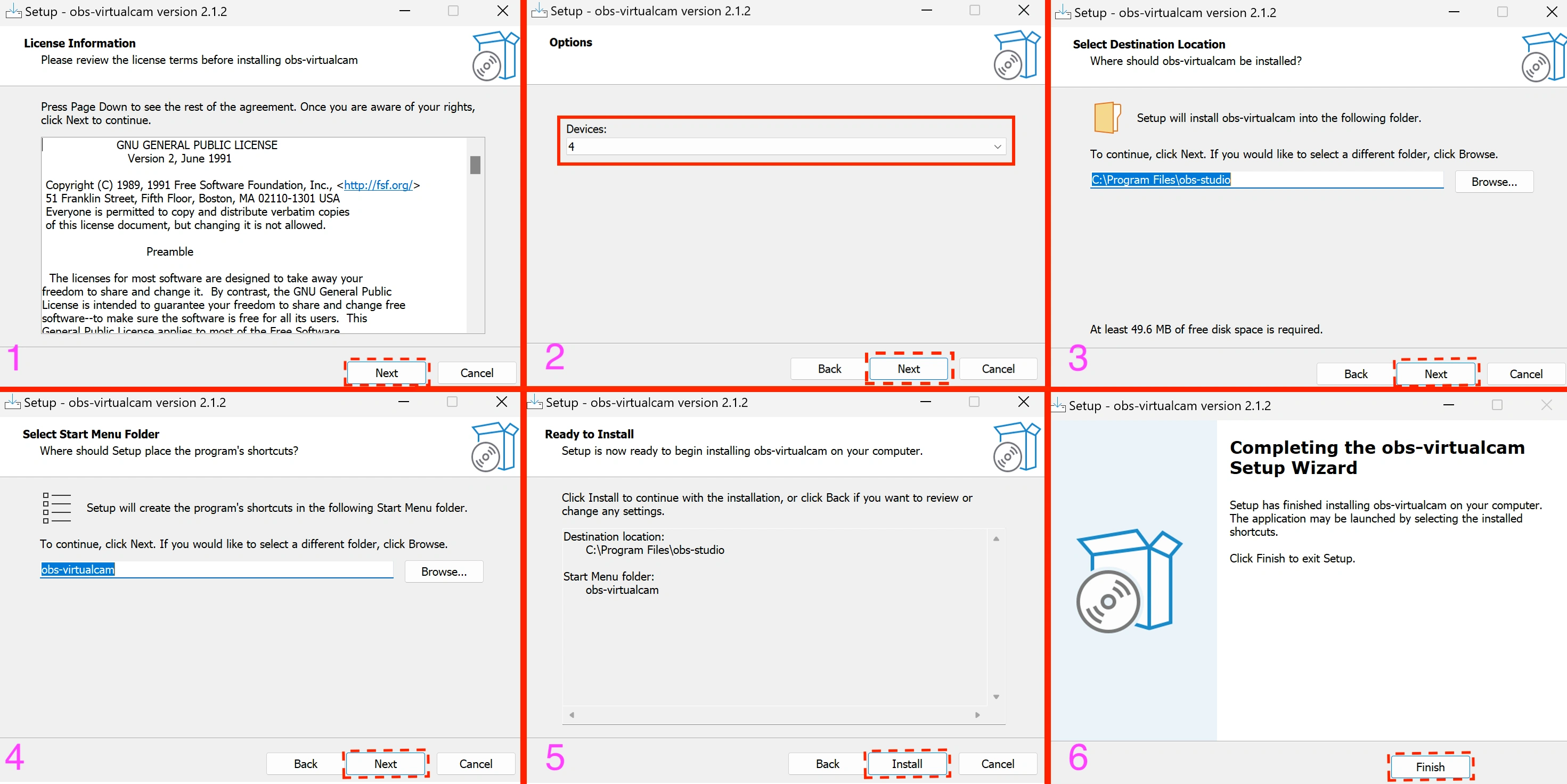
4. Install the plugin as shown in the screenshots above. On the second step, select 4 devices, leave everything else as default.
Configuring OBS Studio and Working with LS
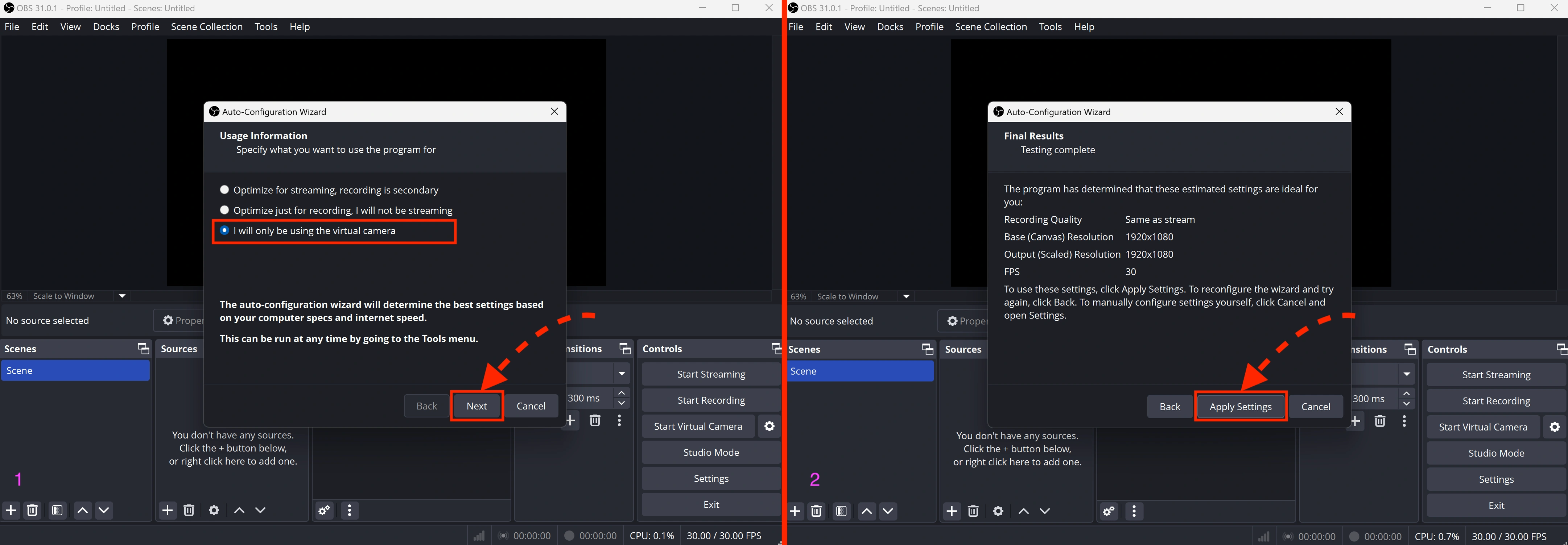
Upon the first launch, OBS will ask about your usage purpose for automatic configuration. Select as shown in the screenshot above.
Setting Up Scenes and Stream Sources
Scenes in OBS will act as separate virtual cameras.
You can find them in the bottom left corner.
By default, only one scene is created. If you are working exclusively with desktop configurations, this will be sufficient.
However, for mobile configurations, additional scenes are needed. The number of scenes required depends on the number of cameras in the selected configuration—ranging from 2 to 4 (some devices have more than two cameras, such as wide-angle or telephoto lenses).
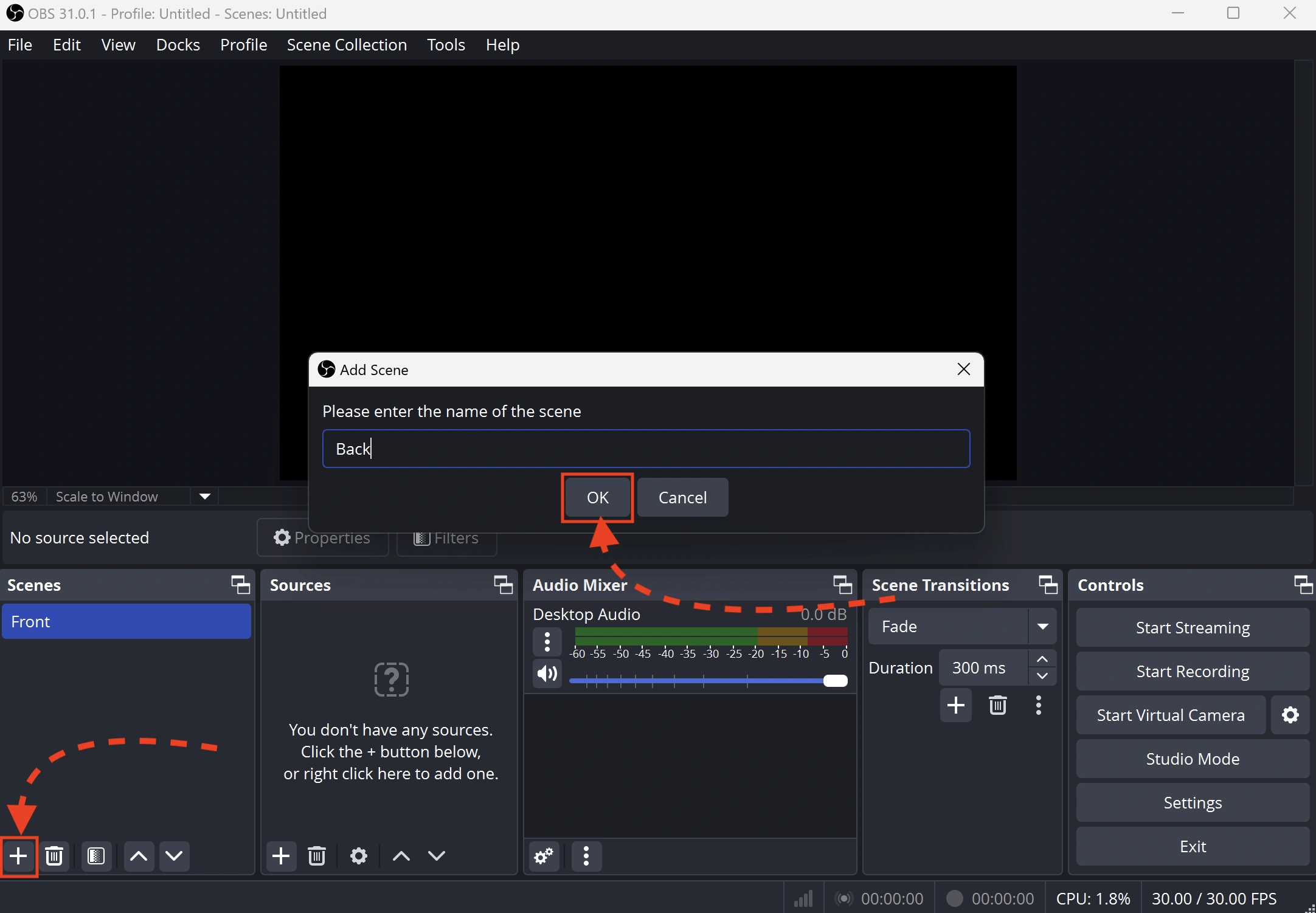
Add an additional scene. You can rename them for convenience.
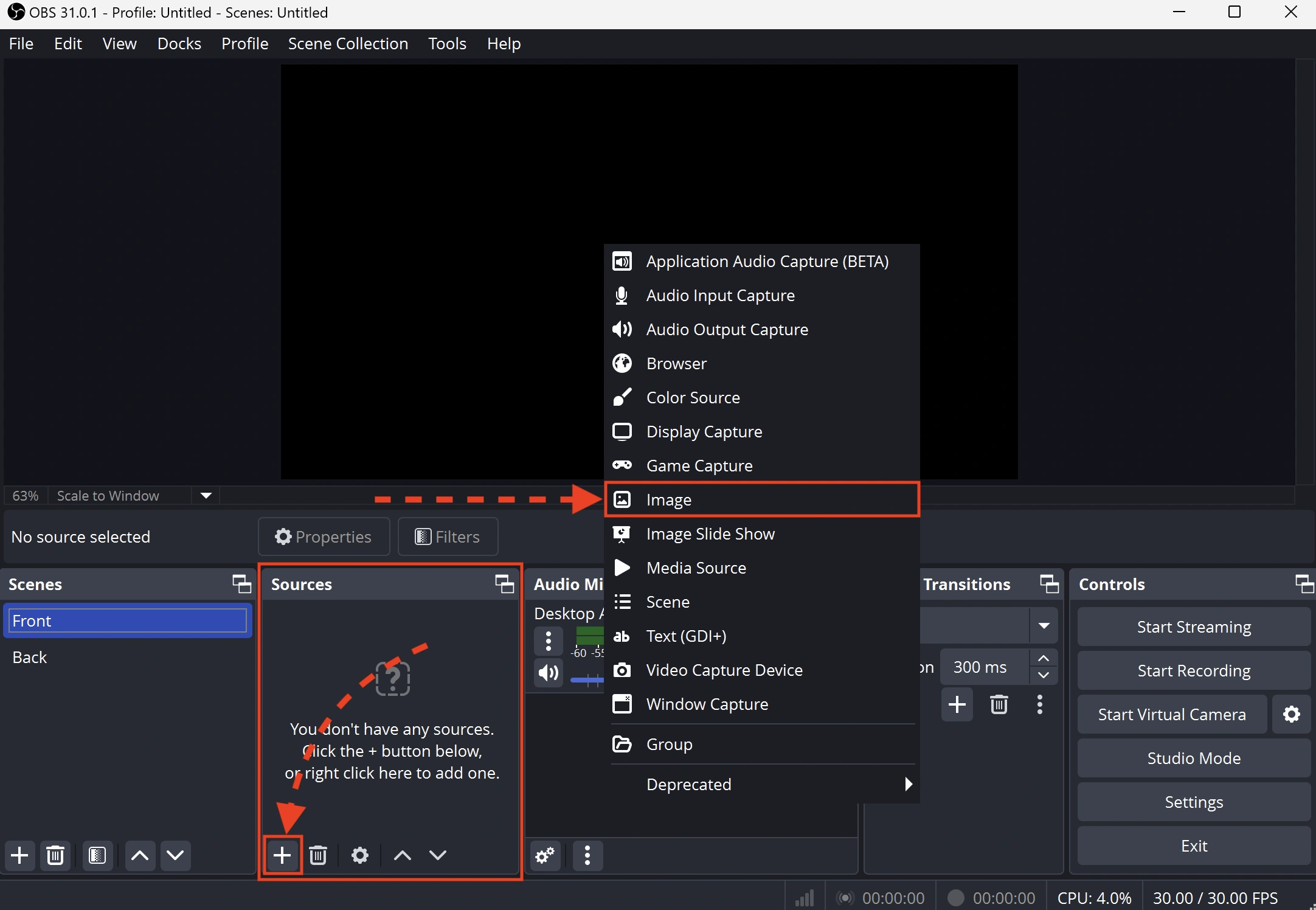
Now, let's add video sources.
OBS supports various sources, including images, videos, and screen capture.
In this case, we'll use images as an example. Click "+" in the "Sources" section and select "Image" from the dropdown list.
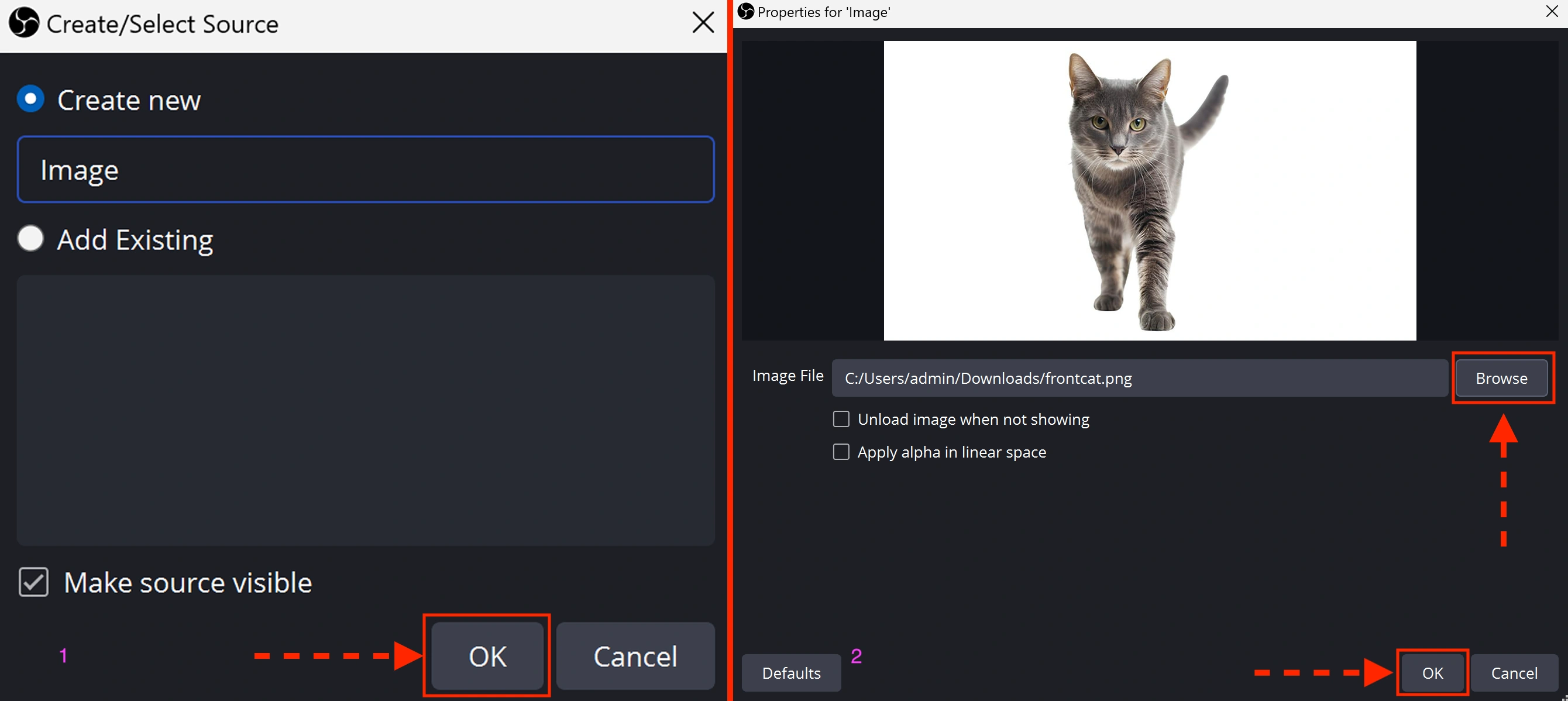
In the opened window, select "Create new," enter a name (or leave it as default), and click "OK." Then, click "Browse," choose the required file, and confirm the selection by clicking "OK."
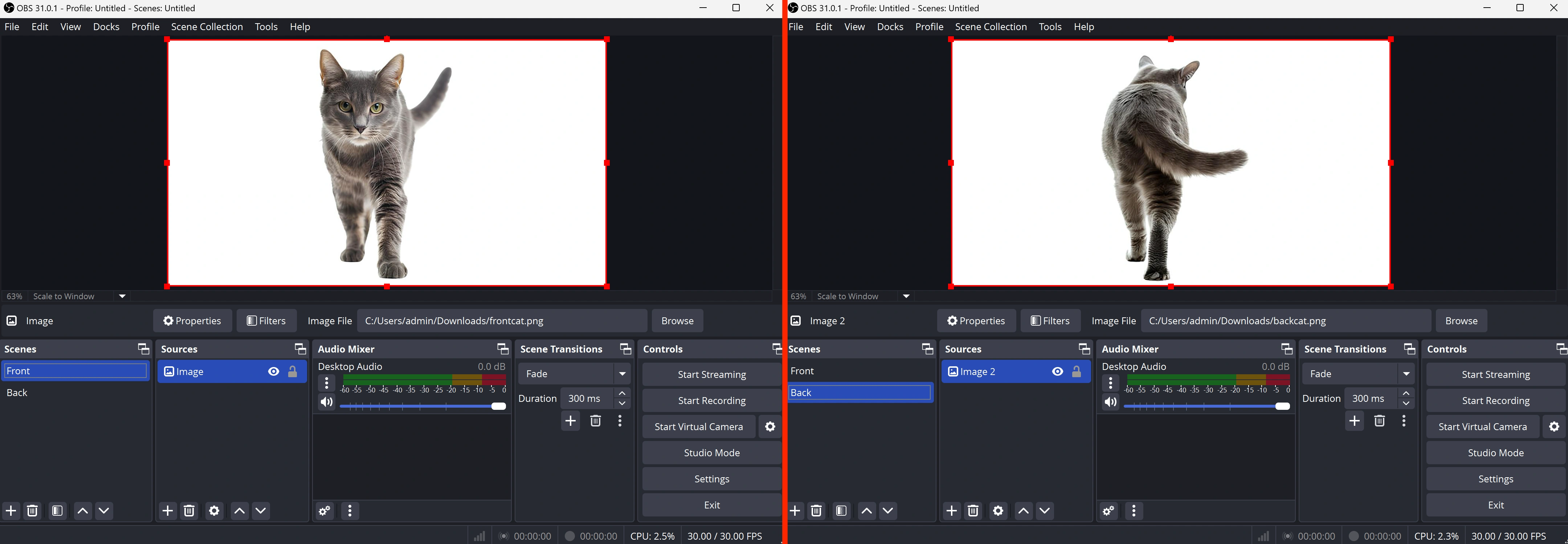
For the second and subsequent scenes, configure the sources in the same way.
Launching Virtual Webcams
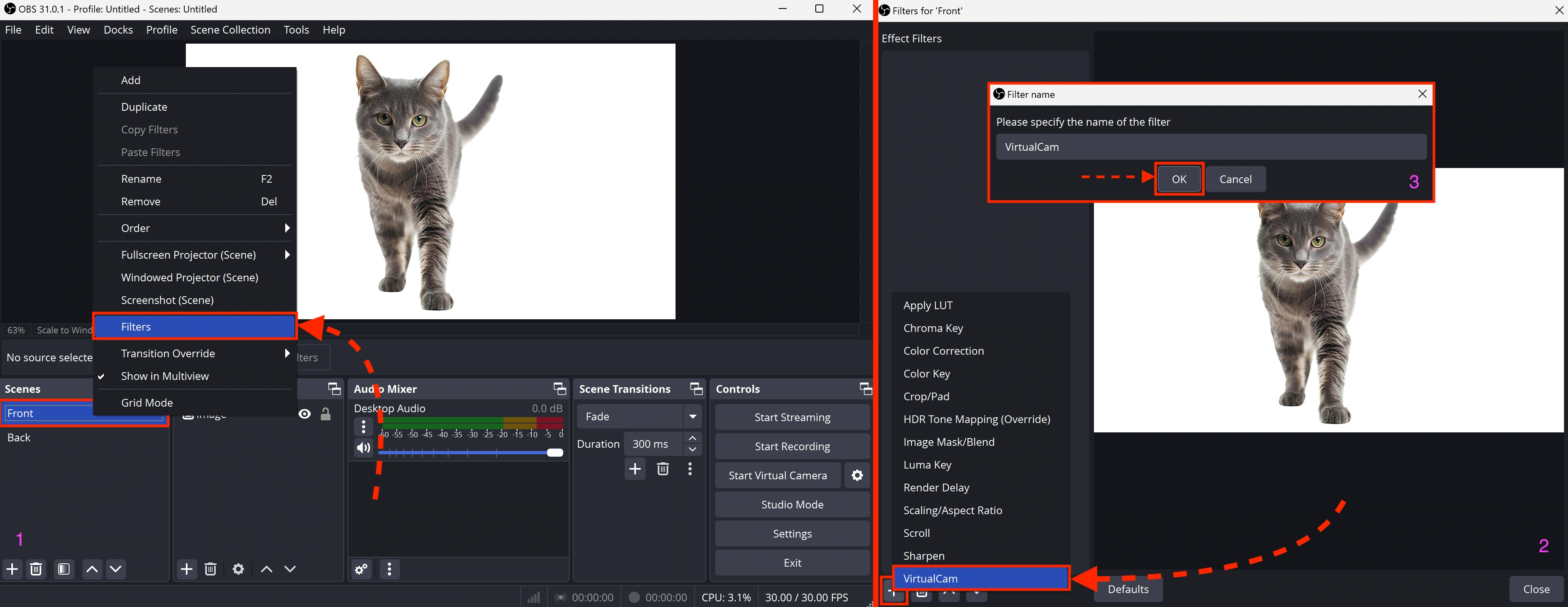
To start a virtual camera:
1. Select the required scene, then right-click on it.
2. From the dropdown menu, choose "Filters."
3. In the opened window, click "+" in the lower-left corner → select "VirtualCam" → confirm by clicking "OK."
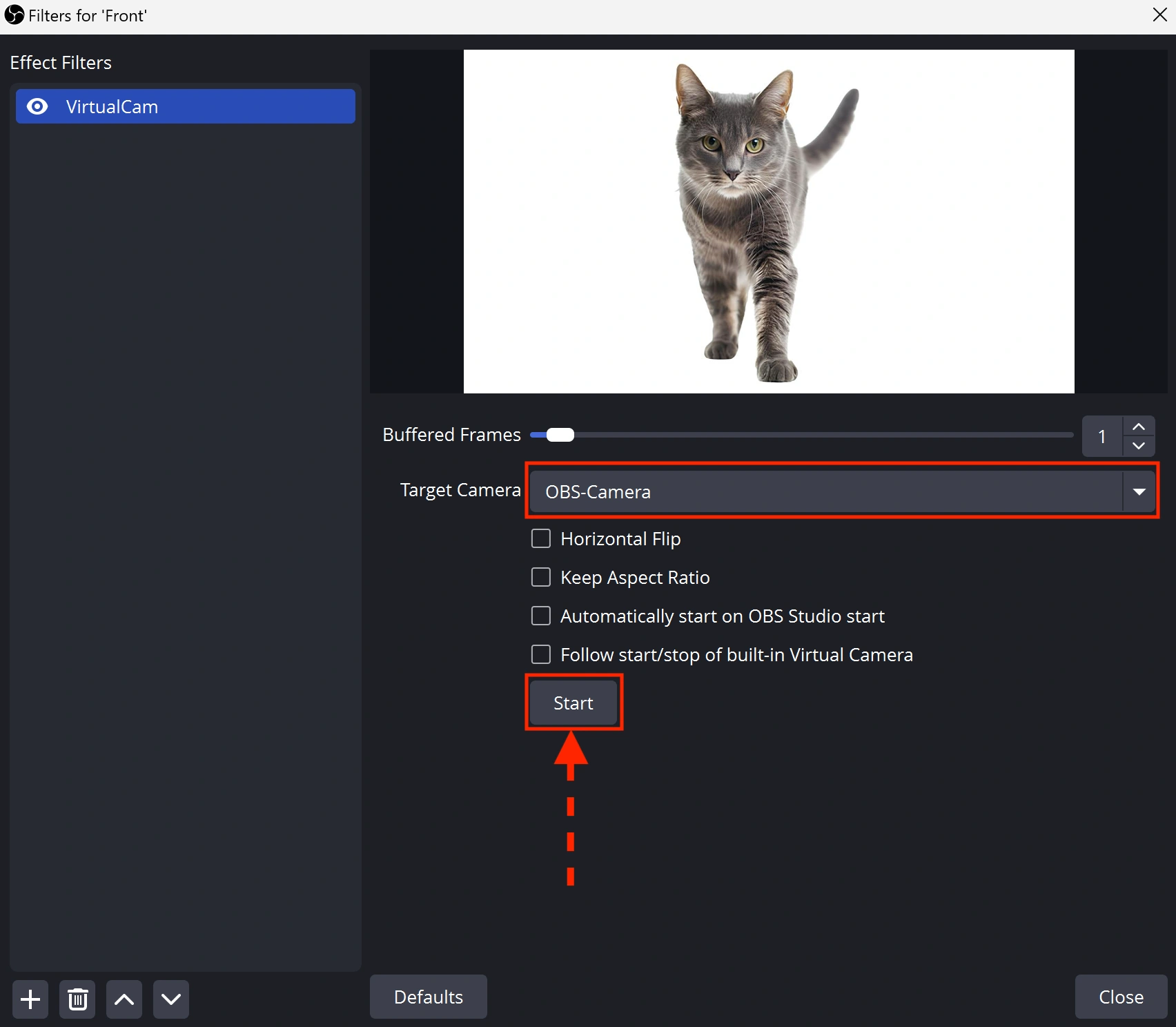
Adjust the virtual camera settings in the filter. In the "Target Camera" field, select the virtual camera.
- For the first scene, keep the default value.
- For subsequent scenes, choose the next camera in the list.
Each scene must be assigned a unique camera.
Click "Start" and close the window.
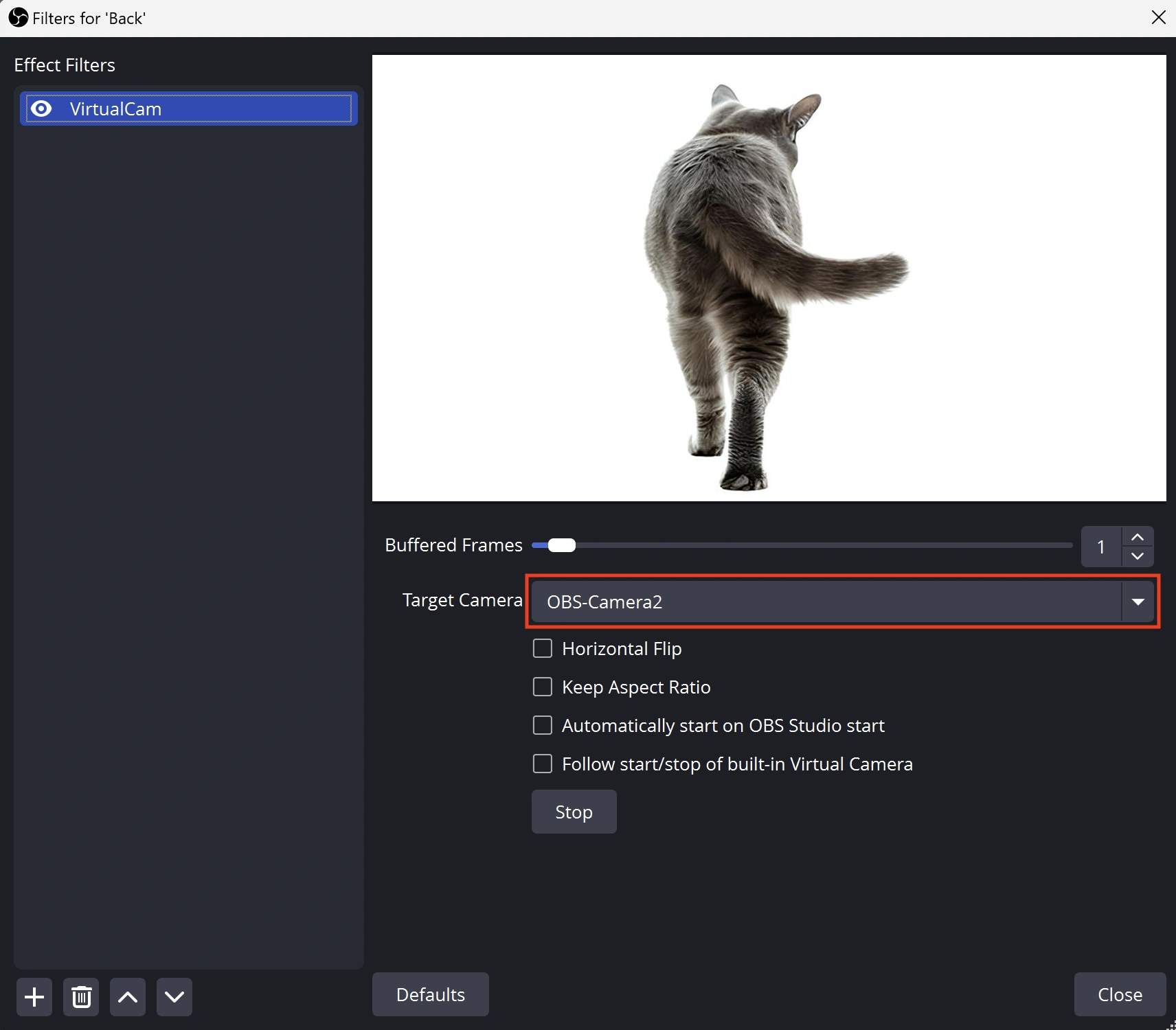
For the second scene, configure the settings similarly, selecting the next available "Target Camera."
Testing the Setup
Launch LS, create a session with a mobile configuration.
In this example, we use the "OnePlus 9R LE2101 (Android 12)" config, as it has exactly 2 cameras (front and rear).
For configurations with more cameras, more scenes in OBS may be required, but the process remains the same.
You can check the number of cameras in a configuration using webcamtests.com, as shown below.
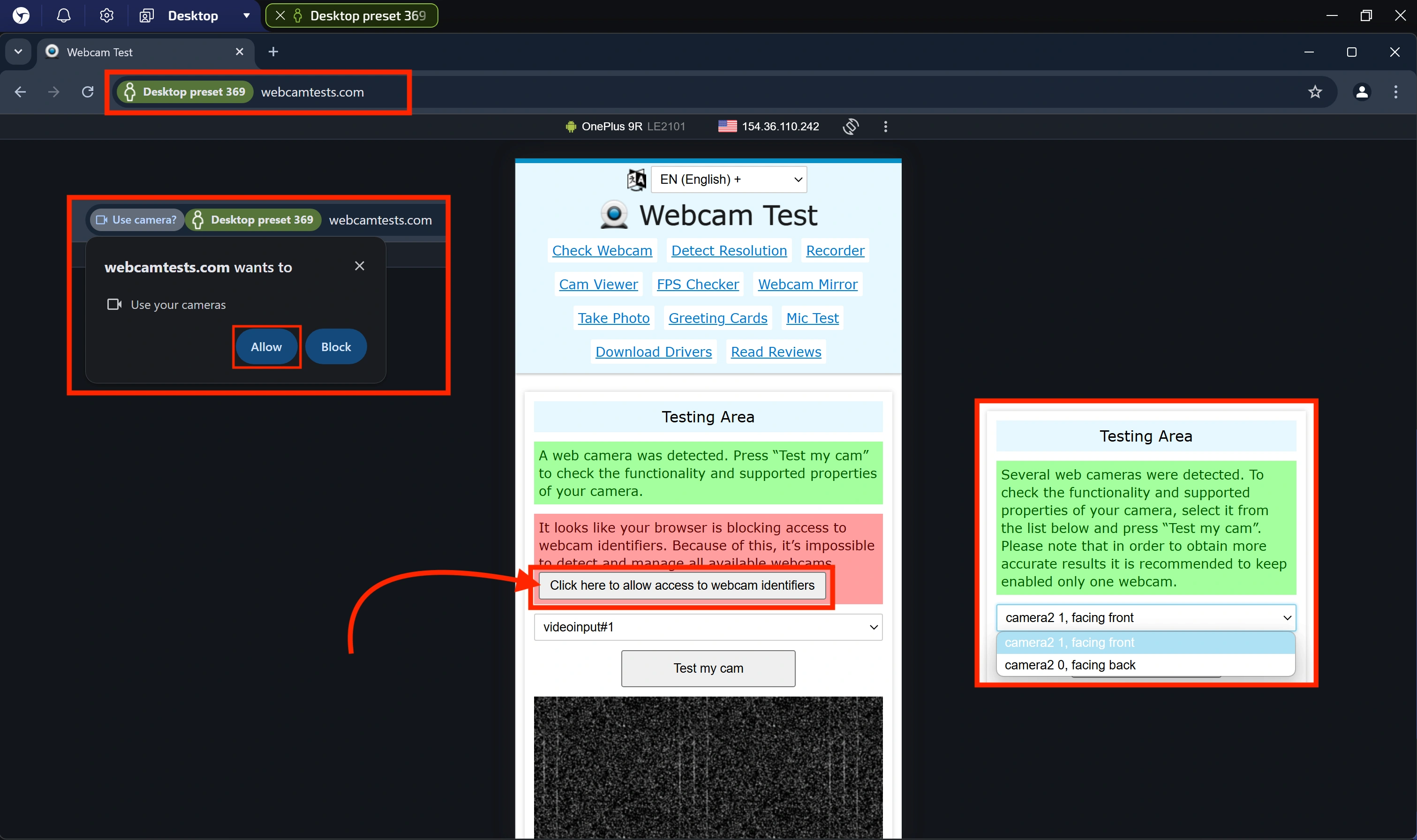
1. Go to https://webcamtests.com/
2. Click "Click here to allow access to webcam identifiers"
3. Grant webcam access by clicking "Allow"
4. The website will display a list of available cameras.
- In this example, there are 2 cameras, so 2 scenes (virtual cameras) in OBS were created.
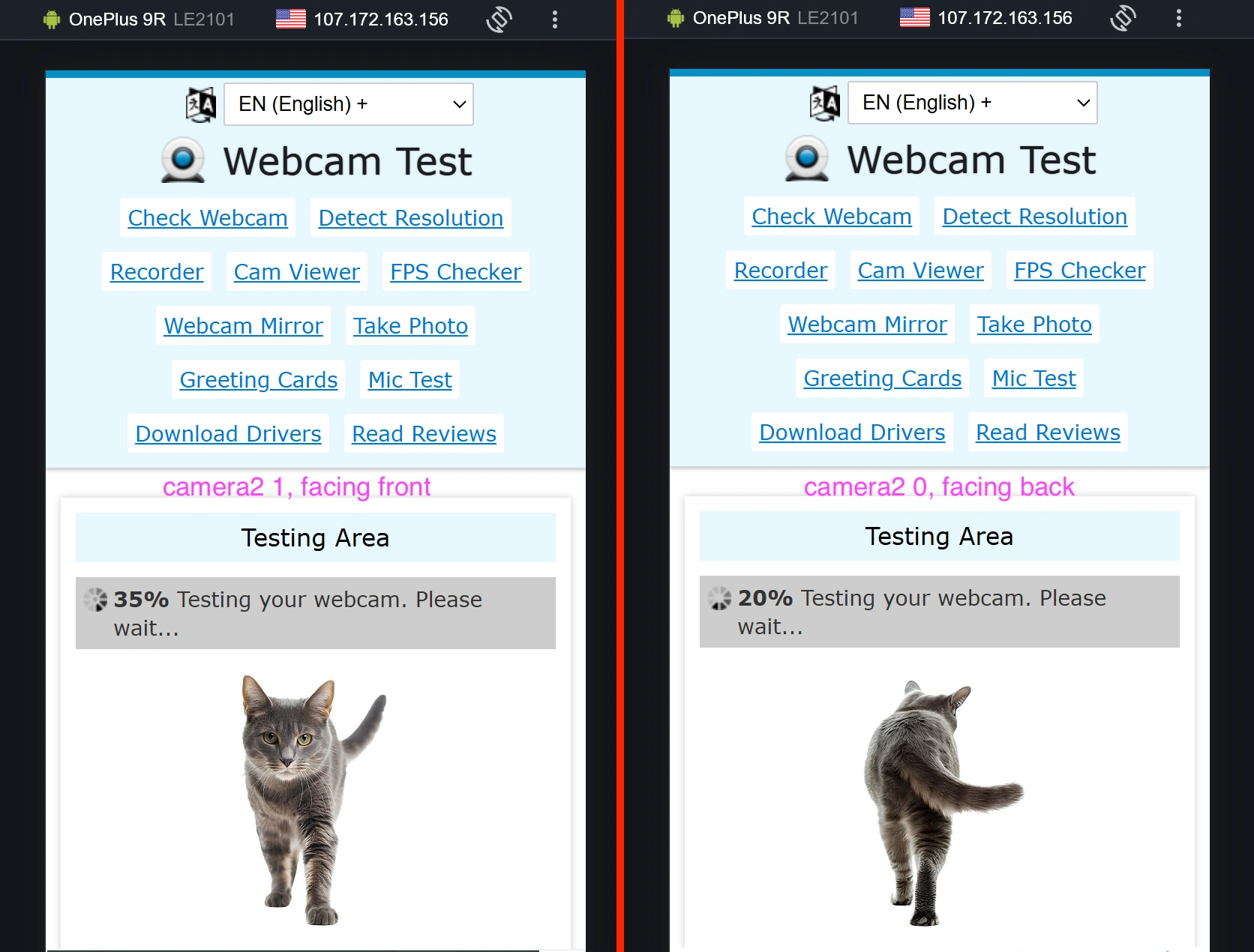
Then, select the cameras and click "Test my cam."
You can open two tabs of the site and start different cameras in each tab.
You'll see different images previously configured in OBS running simultaneously.
Conclusion
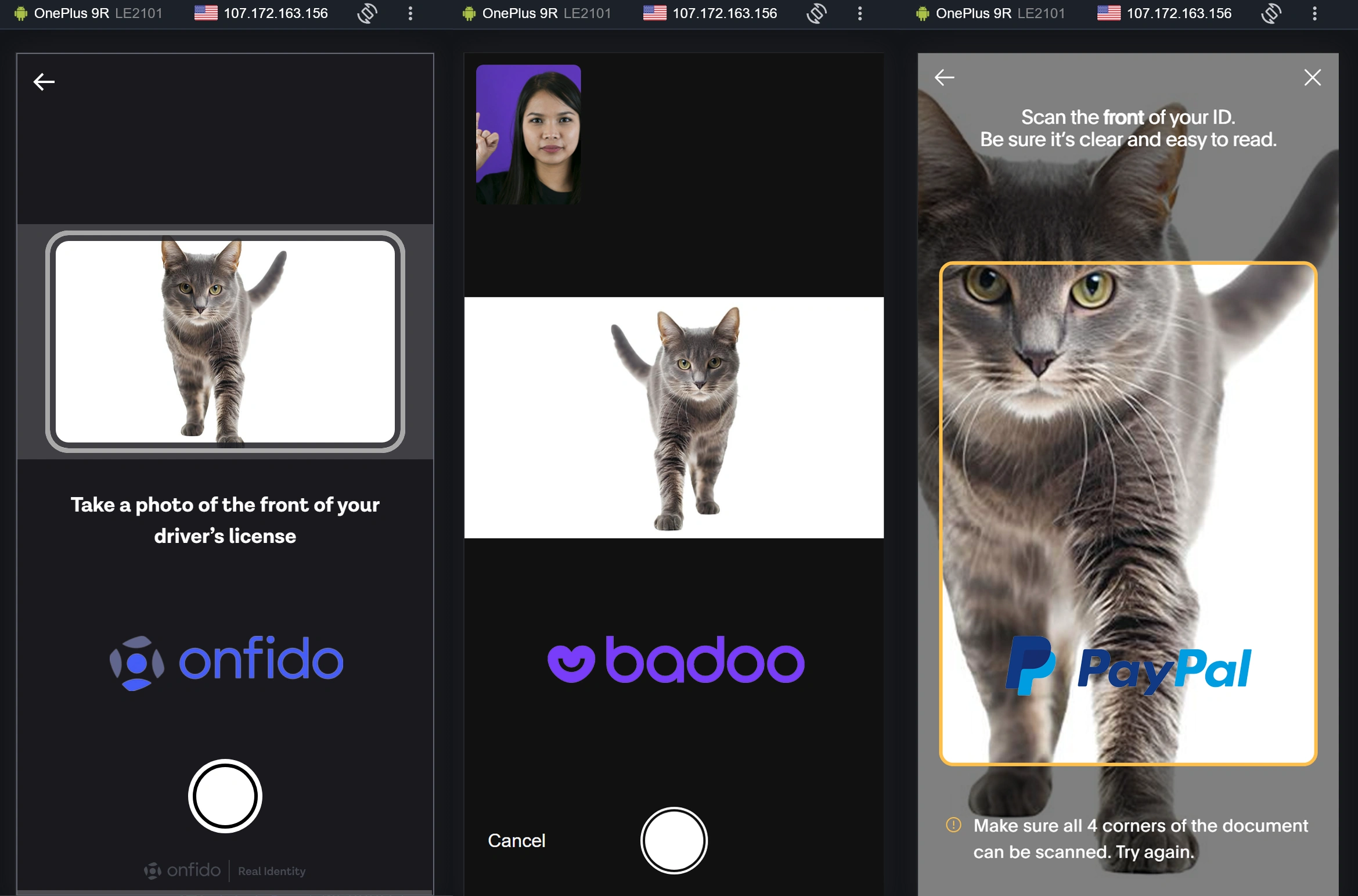
With this setup, you can successfully use mobile configurations for KYC verification on various platforms.
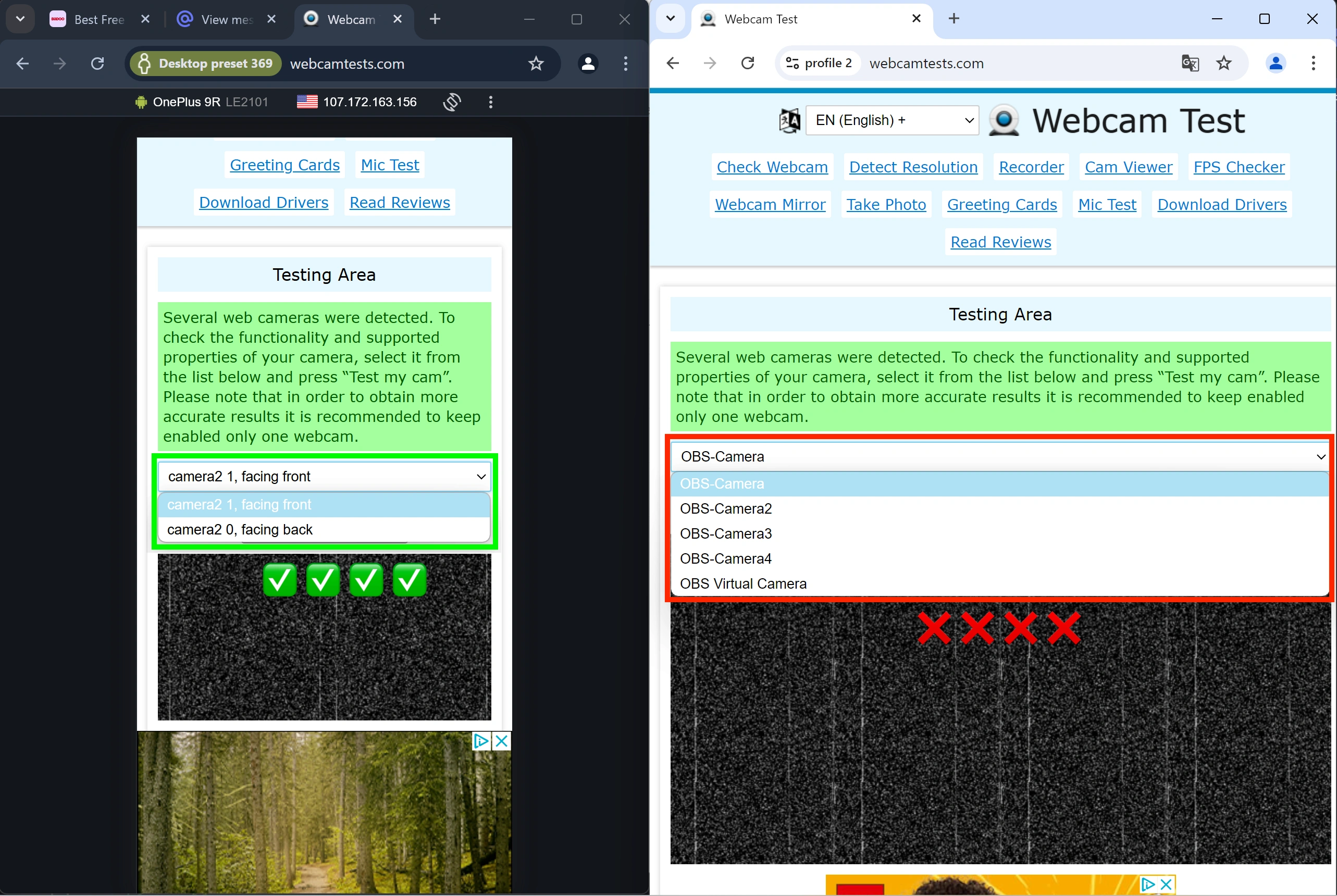
And most importantly, anti-fraud systems will recognize you as a real Android smartphone or tablet. Unlike competitors who do not use media device substitution.

